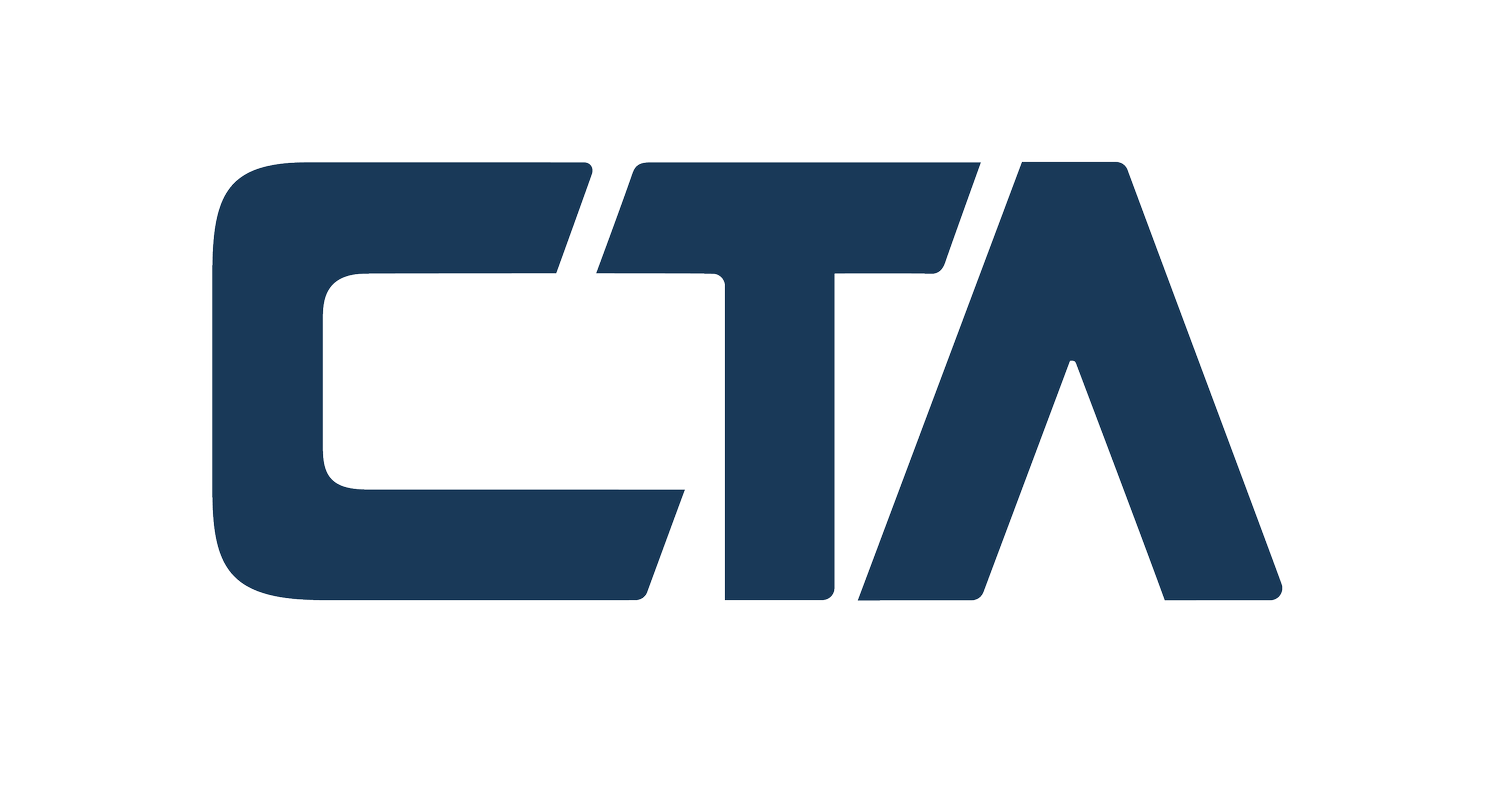Summary:
The Supreme Court’s landmark decision in Loper Bright Enterprises v. Raimondo (2024) overturned the decades-old Chevron doctrine, changing how courts evaluate federal agency interpretations—including those of the IRS. For businesses pursuing or considering the federal R&D tax credit under IRC §41, this shift dramatically improves their ability to challenge overly narrow IRS interpretations. Architects, engineers, and CPA advisors now have new tools to expand eligibility, protect their clients’ claims, and reduce audit risk. In this article, we explain the decision and what it means for you and your clients.
What Was Chevron Deference—and Why It Mattered for Tax Credits
Since 1984, Chevron U.S.A., Inc. v. Natural Resources Defense Council established the principle that courts should defer to federal agencies’ interpretations of ambiguous laws—as long as those interpretations were “reasonable.” This framework gave agencies like the IRS broad authority to define how complex statutes (like IRC §41 for R&D credits) should be applied.
For decades, that meant the IRS’s view on what constitutes “qualified research,” what’s “technological in nature,” and what activities are excluded under the “business component” or “funding” rules was often treated as legally binding—even when it conflicted with a taxpayer’s reasonable reading of the law. This made it difficult for businesses to challenge IRS rules that limited the scope of the credit.
Loper Bright: A Turning Point for Taxpayers
On June 28, 2024, the Supreme Court issued a 6–3 ruling in Loper Bright Enterprises v. Raimondo, overturning the Chevron doctrine. Instead of deferring to agencies, courts must now apply their own independent judgment when interpreting federal statutes—even when the law is ambiguous.
In plain terms, Loper Bright means:
- Courts no longer have to side with the IRS just because its view is “reasonable.”
- The IRS’s interpretation is only persuasive—not binding.
- Taxpayers get a fairer chance to argue for broader credit eligibility.
The Court grounded its decision in the Administrative Procedure Act, holding that judges—not bureaucrats—must say what the law is. This shift returns interpretive authority to the judiciary and reduces agency overreach.
Why This Matters for R&D Credit Claimants
- IRS Regulations Face Greater Scrutiny – Previously, IRS regulations defining the R&D tax credit were hard to challenge because of Chevron deference. Now, courts must assess whether IRS rules truly reflect the statute’s intent. This opens the door to challenge overly narrow interpretations—especially those that have excluded software, process improvements, or experimental design activities in the past.
- Expanded Opportunity for Architects and Engineers – Professionals in design-heavy fields—like architecture, engineering, and construction—often engage in problem-solving and technological innovation. While these activities were previously downplayed by the IRS, Loper Bright could help CPAs and advisors build stronger cases that such work qualifies for the credit.
- Non-Claimants Have Less to Fear – Companies that have avoided the R&D credit due to fear of IRS pushback now have more reason to engage. With less automatic deference to IRS guidance, the risk of a court automatically siding with the agency is gone. That reduces the audit burden and provides peace of mind.
Real-World Scenarios: What Could Change?
Let’s say your client is a midsize architecture firm developing custom designs using complex energy modeling. Previously, the IRS might have taken the position that these were “routine” or lacked sufficient technological uncertainty. Under Chevron, challenging that position was difficult. Now, courts must make their own call—and may side with your client’s more expansive interpretation of “qualified research.”
The same applies to software development teams, engineering firms optimizing manufacturing processes, and design-build contractors applying new construction techniques.
Corner Post: Another Boost for Taxpayers
In a related decision—Corner Post, Inc. v. Board of Governors—the Supreme Court held that the statute of limitations for challenging a regulation begins when a business is first harmed by it, not when the regulation was issued. That means taxpayers can now challenge long-standing IRS rules if they’re newly affected—extending the timeline for seeking relief or refunds.
Next Steps for Advisors and Business Owners
Whether you’re a CPA, a tax credit consultant, or a business leader, Loper Bright is a signal to take action:
Review Past and Current R&D Credit Claims
Reevaluate claims that were limited by prior IRS guidance. It may be possible to assert broader eligibility—especially for innovation-heavy industries.
File Protective Claims
If you suspect a regulation may be challenged, file protective refund claims for prior years. This preserves your client’s right to benefit from favorable court decisions.
Encourage R&D Claims by Designers
Architects and engineers who have historically been discouraged from claiming the credit should revisit eligibility. With the courts—not the IRS—in control, more design activities may qualify.
Partner with R&D Tax Experts
Working with experienced R&D credit advisors can help navigate the evolving post-Loper Bright landscape and ensure all qualifying activities are captured.
Conclusion: A New Era of Opportunity
The Supreme Court’s Loper Bright ruling is more than a legal technicality—it’s a power shift. For the first time in decades, taxpayers and advisors can challenge restrictive agency guidance without facing an uphill battle. In the context of the R&D tax credit, this means new avenues for qualification, increased confidence for claimants, and fewer barriers for businesses innovating in the U.S.
If you’ve ever been told “you don’t qualify,” it may be time to revisit that conversation.









